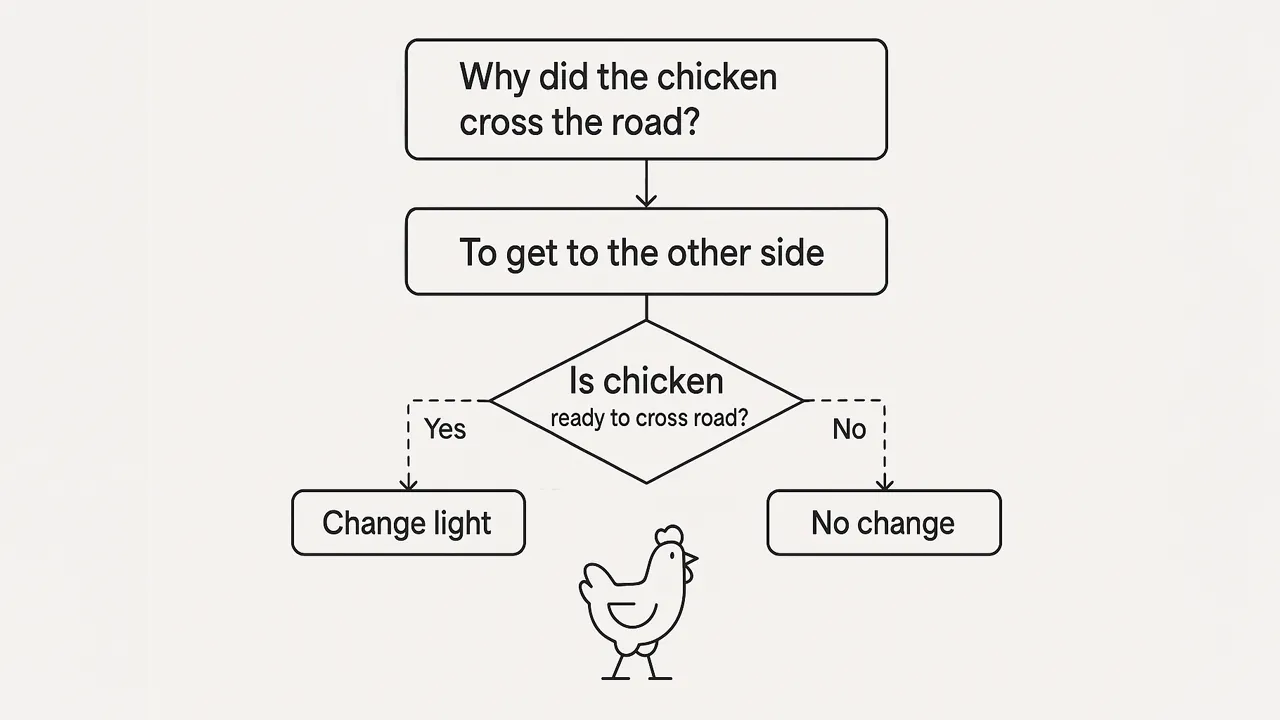A Framework for Scoping UX in Automation and AI-Driven Systems

Introduction & Overview
Traditional UX design relies on visual wireframes and static prototypes, which work well for conventional applications but fall short when designing AI-driven and automated experiences. Unlike static UI elements, AI agents operate dynamically, responding to context, user behaviour, and automation triggers in real-time.
Key Challenges:
- Mapping AI interactions beyond screens
- Focusing on user intent and automation logic
- Understanding AI agent capabilities and access levels
- Defining AI permissions (read-only, write, or full autonomy)
- Supporting user control and transparency in automated workflows
This framework provides a structured UX scoping process for designing AI-driven, event-based, and automated experiences, ensuring predictability, user control, and transparency.
A Process for Designing UX with Automation & AI Agents
1. Define Core User Intent & Context
- Identify primary user tasks
- Determine if AI actions are proactive or reactive
- Define environment (e.g., mobile, smart home, workplace)
- Determine continuity (persistent assistant vs. one-time automation)
2. Identify Automation & AI Capabilities
Mermaid diagram start
graph TD A[User Query] --> B[Level 1: Single Data Source] B --> B1["Where is my next meeting?"] A --> C[Level 2: Multiple Data Sources] C --> C1["Where is my next meeting, and how do I get there?"] A --> D[Level 3: Cross-Database Synthesis] D --> D1["Where is my next meeting, and will I make it on time?"]
Mermaid diagram end
3. Define AI Permissions: Read, Write, Decide
Mermaid diagram start
graph LR A[Read - Informative] --> B[Retrieve info only] C[Write - Actionable] --> D[Modify with confirmation] E[Decide - Autonomous] --> F[Autonomous decisions] A -.-> A1[What is my meeting schedule today?] C -.-> C1[Book me a meeting room at 3 PM] E -.-> E1[Find the best time and book my meeting]
Mermaid diagram end
Ensure users understand AI actions with summaries and manual override options.
4. Map UX Flow with Automation Triggers
Mermaid diagram start
flowchart TD
A[Trigger: User Input / Sensor Event] --> B[AI Processing: Lookup / Analyse / Synthesis]
B --> C[System Response: Notify / Act / Silent Update]
C --> D{User Control?}
D -->|Yes| E[Override / Customise Action]
D -->|No| F[Action Completed]
Mermaid diagram end
Use event-driven models instead of static wireframes.
5. Prototype Functional Experiences
- Use decision trees & conversation flows
- Simulate responses (Wizard-of-Oz testing)
- Prioritise user control and clarity
Example User Stories
| User Role | Scenario | Trigger | AI Level | Action | User Experience |
|---|---|---|---|---|---|
| Traveler | Needs flight info | User query | Level 1 - Read | Retrieve from airline | Basic flight details |
| Employee | Desk location | User query | Level 2 - Read | Lookup desk booking | Assigned desk shown |
| Sales Manager | Automated scheduling | User opts in | Level 3 - Decide | Schedule meetings | Get confirmations |
| IT Admin | Detect anomalies | Suspicious login | Level 2 - Read/Write | Flag and prompt | Alert with approval |
| Smart Home User | Thermostat control | Presence detected | Level 3 - Decide | Auto-adjust settings | Passive comfort |
Tips for Successful AI UX
- Think in Systems, Not Screens: Prioritise flow over layout
- Predictability: Clearly signal AI logic
- User Control: Provide override and customisation
- Failure Handling: Define fallback behaviours
- Real Data: Base tests on real-world usage
Workshop Structure: Scoping UX for AI & Automation
Mermaid diagram start
gantt title Workshop Agenda (2-3 Hours) dateFormat HH:mm axisFormat %H:%M section Introduction Intro to AI UX :done, des1, 00:00, 20m section User Mapping User Intent Mapping :done, des2, after des1, 25m AI Access & Permissions :done, des3, after des2, 30m Functional Modelling :done, des4, after des3, 30m Failure & Recovery :done, des5, after des4, 30m Wrap-up & Next Steps :done, des6, after des5, 15m
Mermaid diagram end
Expected Outcomes
- Clear AI access & permission framework
- Trigger-response automation maps
- AI-centric user stories
- Transparent override mechanisms
Rethinking Wireframes in AI UX
Traditional Wireframing vs. AI Needs
Wireframes have focused on layout, navigation, and components. AI requires:
- Feedback & system updates
- Dynamic personalisation
- Contextual notifications
- Override paths
- Conversational flows
Adapting Wireframes for AI
1. Wireframe Feedback & Responses
Show dynamic state updates and feedback mechanisms.
2. Design Actionable Notifications
Account for urgency, delivery method, and clarity.
3. Personalisation Mapping
Context-aware UI changes that can be explained and overridden.
4. User Overrides
Visualise undo paths, manual controls, and fallback modes.
5. Conversational & Assistive UX
Use dialogue maps instead of screens to prototype experiences.
Final Thoughts
Designing UX for automation means shifting from screens to systems:
✔ Focus on dynamic feedback over static pages ✔ Make automation transparent and user-controllable ✔ Prototype flows and behaviours, not just layouts ✔ Use real interactions to refine AI experiences